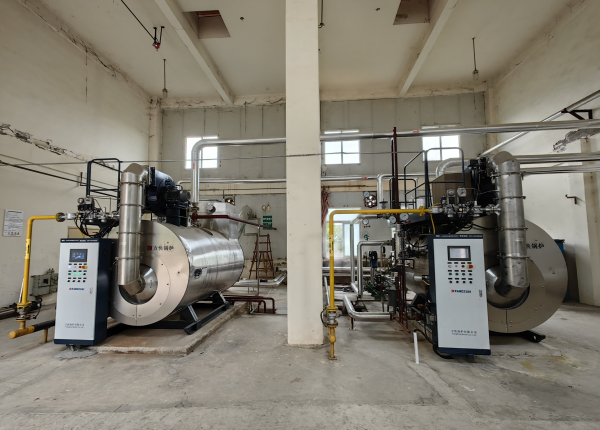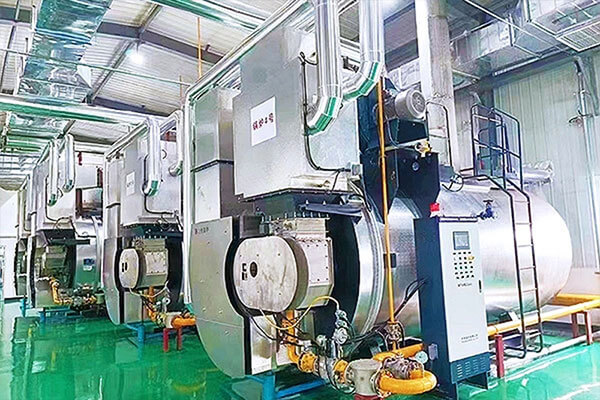Executive Summary
Low pressure steam boilers are engineered to deliver reliable heating and process steam at pressures at or below 15 PSIG, offering energy efficiency, lower operating costs, and enhanced safety for small- to medium-scale applications. They find widespread use in commercial buildings, educational campuses, healthcare facilities, and light industrial processes.
When considering a low pressure steam boiler for sale, key factors include heat output, system efficiency, safety features, and ease of maintenance. Advanced models now incorporate intelligent controls, ultra-low NOₓ emissions, and premium materials to ensure longevity and environmental compliance.
Free design consultation and quotations are available, supported by professional technical teams to optimize fuel calculations and secure over 10% heat-efficiency improvements. With robust protection systems like overpressure and scale alarms, these boilers promise safe operation and a service life of at least 20 years.
What Is a Low Pressure Steam Boiler?
Low pressure steam boilers operate at or below 15 PSIG per ASME Section IV, making them distinct from high-pressure units. They generate saturated steam at relatively low temperatures, which extracts more heat during combustion and reduces stack losses. This lower operating point simplifies system design, piping requirements, and regulatory compliance, often allowing reduced operator certification in many jurisdictions.
Key Benefits of Low Pressure Steam Boilers
1. Energy and Cost Savings
-
Low Energy Consumption: Operating at lower steam temperatures cuts overall energy use and minimizes wear on components.
-
Economical Operation: Fewer pipes and fittings translate into lower upfront investment and reduced maintenance expenses.
-
Reduced Maintenance: Simpler design and fewer high-stress parts mean less downtime and extended service intervals.
2. Flexible Applications
-
Ideal for space heating in offices, schools, and multi-family dwellings as well as small-scale industrial processes.
-
Can be configured for atmospheric or power burner operation to suit diverse site requirements.
3. Enhanced Safety and Reliability
-
Rugged Construction: Firebox and pressure vessel designs backed by water walls ensure structural integrity.
-
Advanced Protections: Built-in pressure relief valves, low-water cutoffs, overpressure warnings, and automatic shutdown on controller faults guard against unsafe conditions.
Essential Features to Look For When Buying
-
High Heat-Transfer Efficiency
-
Look for firetube designs with large heating surfaces or wing-tube (feather-tube) technology to maximize heat exchange.
-
-
Ultra-Low Emissions
-
Boilers certified for NOₓ ≤ 30 mg/Nm³ help meet stringent environmental regulations without costly add-ons.
-
-
Intelligent Controls
-
Digital touchscreens with remote monitoring, diagnostic feedback loops, and preset module sequencing enable tight steam pressure control and optimized fuel use.
-
-
Robust Materials and Long Life
-
Corrosion-resistant alloys, food-grade enamel linings, and automatic welding processes extend boiler lifespan beyond 20 years.
-
-
Modular Design
-
Pre-configured skid packages and vacuum-maintenance features simplify site installation and reduce civil works.
-
How to Choose the Right Low Pressure Steam Boiler for Sale
-
Capacity Matching: Select a unit rated for your peak steam demand, with 10–20% extra capacity to handle startups or process spikes.
-
Footprint and Layout: Verify overall dimensions and clearances. Modular, compact designs can cut installation time by up to 60%.
-
Fuel Efficiency Calculations: Leverage professional technical teams to model consumption and identify potential fuel savings >10%.
-
Compliance and Certification: Ensure ASME Section IV stamping, UL listing, and local boiler board approvals.
-
After-Sales Support: Confirm availability of free design services, rapid spare-parts supply, and trained service technicians.
Installation and Maintenance Best Practices
-
Water Treatment: Implement softening and deaeration to prevent scale and corrosion alarms.
-
Regular Inspections: Schedule monthly safety-valve tests and annual full internal cleanings.
-
Control Calibration: Verify pressure and temperature sensors quarterly to maintain accurate steam delivery.
-
Spare-Parts Kit: Stock common wear items—gaskets, safety valves, control modules—to minimize downtime.
Frequently Asked Questions
Q1: What’s the ideal pressure for low pressure steam boilers?
A1: Typically 5–15 PSIG for heating applications; lower pressures (e.g., 2–5 PSIG) yield more latent heat release but slower delivery speeds.
Q2: How much space do I need for installation?
A2: Compact models can reduce floor space by ~20% compared to conventional boilers; always allow 3 ft clearance on all sides for service access.
Q3: Can I expand output later?
A3: Modular designs allow adding parallel boiler skids; advanced controls automatically sequence multiple units to match load.
Conclusion
Investing in a low pressure steam boiler for sale delivers significant advantages in efficiency, cost savings, and safety for building-scale and light industrial steam applications. By focusing on certified performance, ultra-low emissions, intelligent controls, and modular installation, you secure decades of dependable operation. Reach out today to request your free design proposal and quote—our expert engineers will calculate your fuel needs, optimize heat output by over 10%, and customize a solution that meets your exact specifications.
Get your best price
Quickly compare 3 FREE quotes
- Engineer quick quote
- The overall delivery speed is fast
- Financial choice
- Low installation costs and cost savings
25 years+ of boiler R&D
More than 20 innovative technologies



